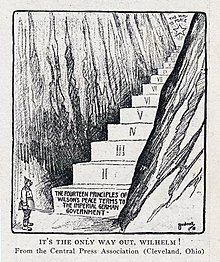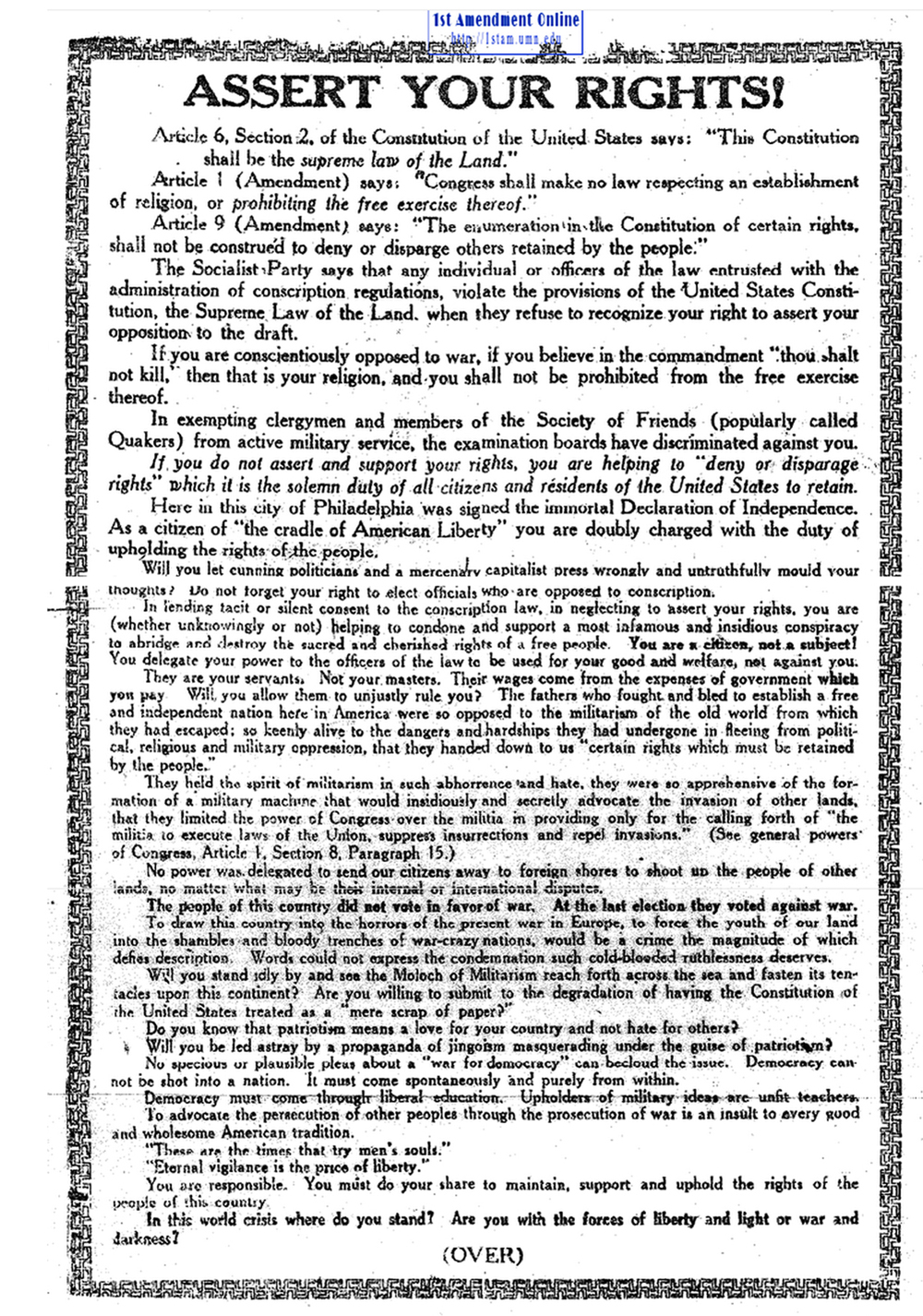 |
To President Wilson, these points may have seemed realistic, as many of them are, but most could have only happened in his wildest dreams. He wanted to treat the losing side fairly, so as to prevent another war. Unfortunately, the Allies had different plans and wanted Germany to pay for the long years of suffering they had put them through. They tried their best to restore Europe and its countries back to the way they were, except Germany. Despite Wilson's insistence to go easy on them, the Treaty of Versailles took away most freedoms that Germans enjoyed and sank them deeply in debt. The thing that really stuck to the guidelines of Wilson's 14 Points of Peace was the 14th point, forming a general association of nations to keep the peace throughout the world. Thus, the League of Nations was born. The 14 Points of Peace may have seemed like the best way to restore Europe at the time, but most points were idealistic.
 |
At the end of World War II, the Axis powers
signed peace treaties with the Allies which were
as harsh, if not more than the treaties signed after
the Great War.
|


